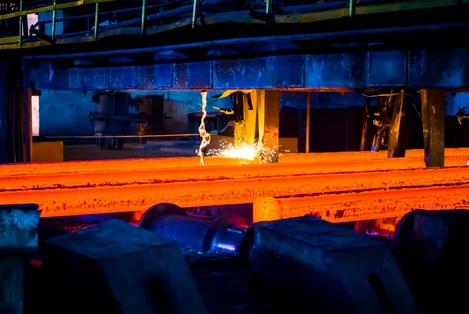Prices are forecast to fall by 7% in both 2025 and 2026 due to weak global growth, a growing oil glut and ongoing political uncertainty.
Despite the recent decline, commodity prices remain above pre-pandemic levels, with forecasts showing that In 2025 and 2026, they will be 23% and 14% higher, respectively, than in 2019.
Global oil glut increased significantly in 2025 and is expected to increase by 65% next year from the last high in 2020. Oil demand is growing more slowly as demand for electric and hybrid vehicles rises and China's oil consumption stagnates. The average price of Brent crude oil is forecast to fall from an average of $68 in 2025 to $60 in 2026, a five-year low. Overall, energy prices are forecast to decline 12% in 2025 and another 10% in 2026.
Precious metals hit record highs in 2025, driven by demand for safe haven assets and continued buying by central banks. Widely seen as a safe-haven asset during periods of economic uncertainty, the price is expected to rise by 42% in 2025. It is forecast to rise another 5% next year, bringing gold prices to nearly double the 2015-2019 average. Silver prices are also expected to reach a record annual average in 2025, rising 34% and another 8% in 2026. Gold 3575 in 2026 and 3375 in 2027.
Commodity prices could fall more than expected over the forecast period if global growth remains weak amid continued trade tensions and political uncertainty. OPEC's higher-than-expected oil production could lead to a larger oil glut and further lower energy prices. Sales of electric vehicles, which are expected to rise sharply by 2030, could further reduce demand for oil and coal.
Conversely, geopolitical tensions and conflicts could lead to higher oil prices and increased demand for safe commodities such as gold and silver. In the case of oil, the impact of additional sanctions on the market could also cause prices to rise above the baseline forecast. The rapid development of artificial intelligence (AI) and the growing demand for electricity for data centers could lead to higher prices for energy commodities and base metals such as aluminum and copper, which are needed for AI infrastructure.
The price of Australian coal is forecast to fall by






